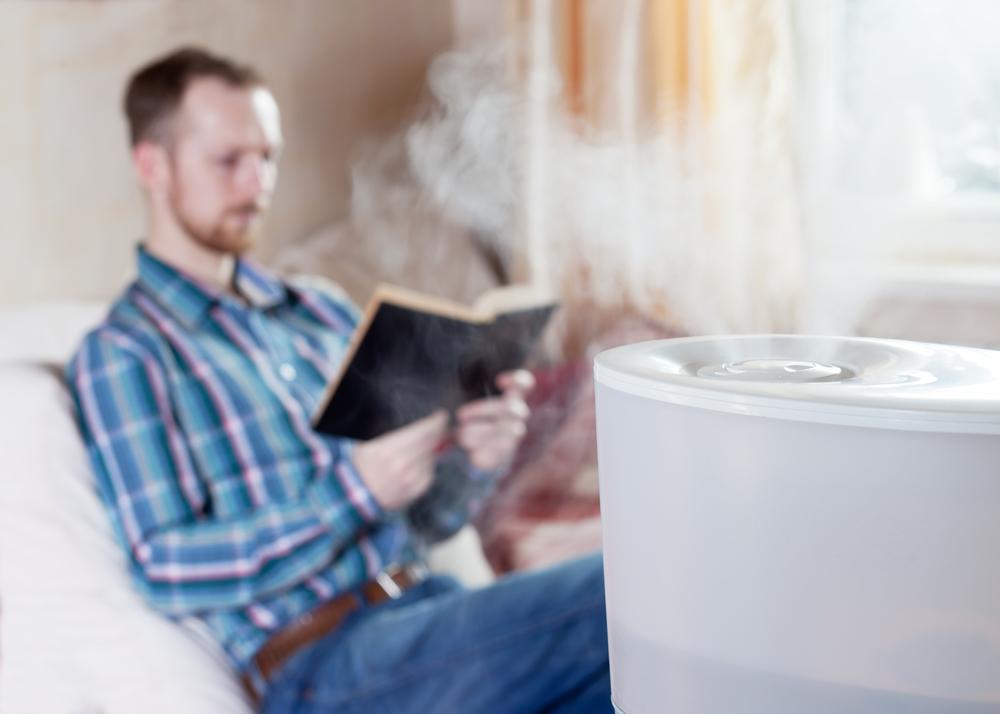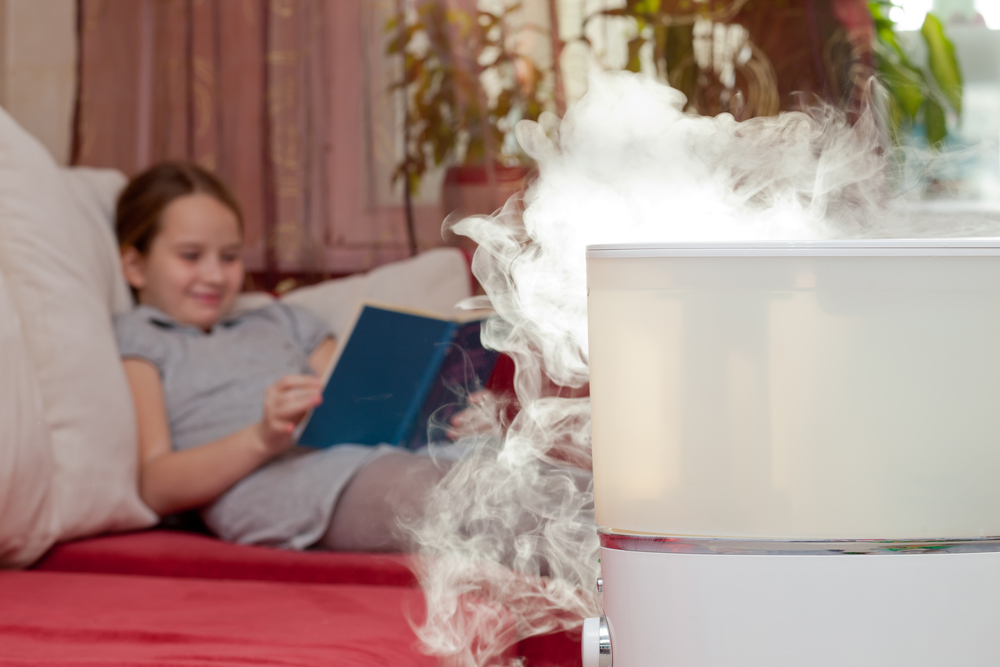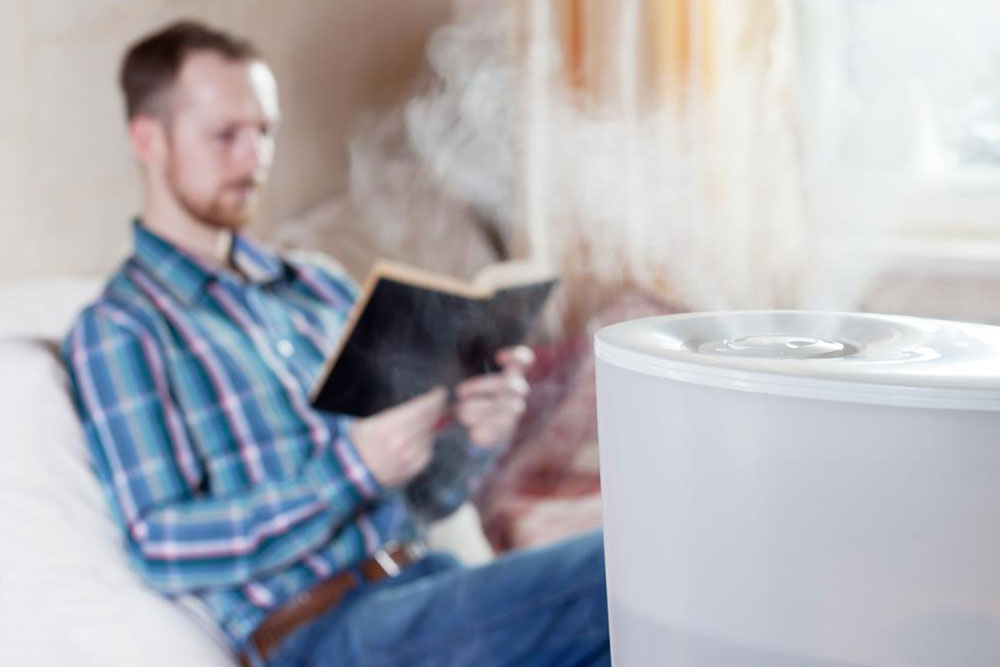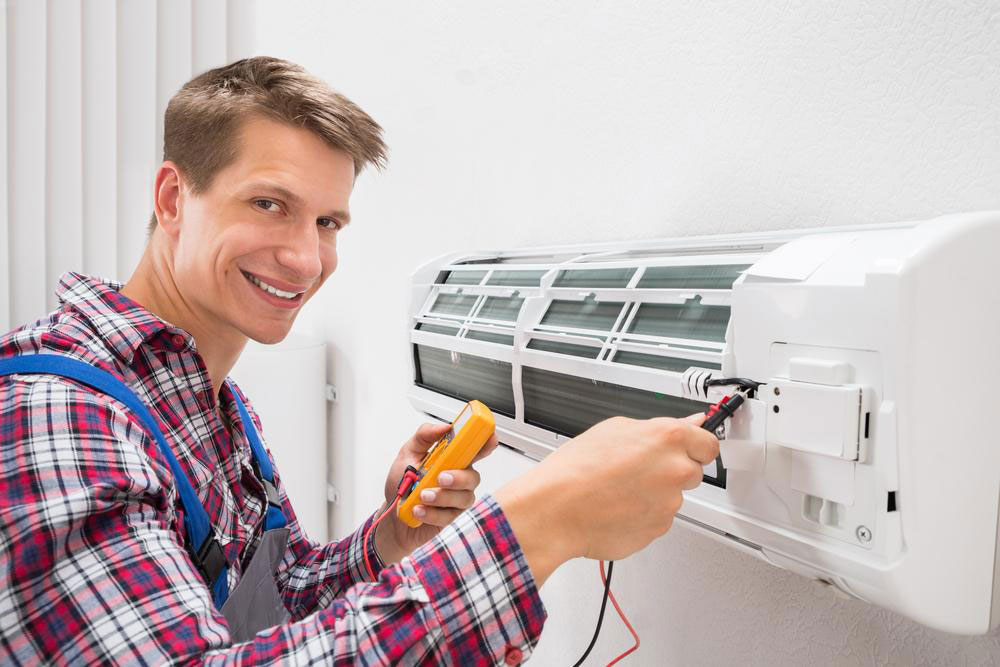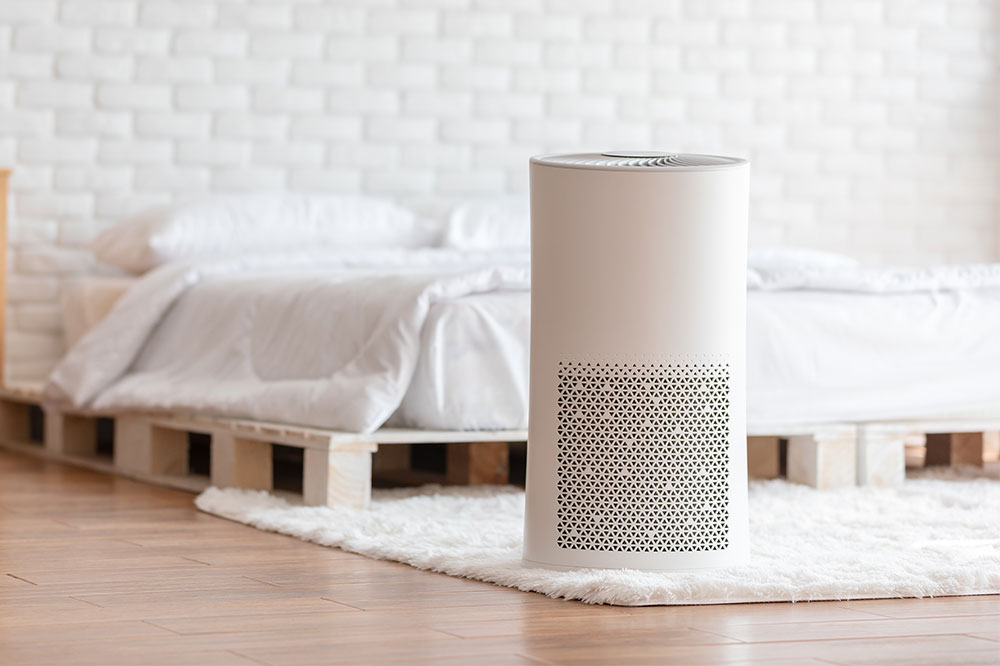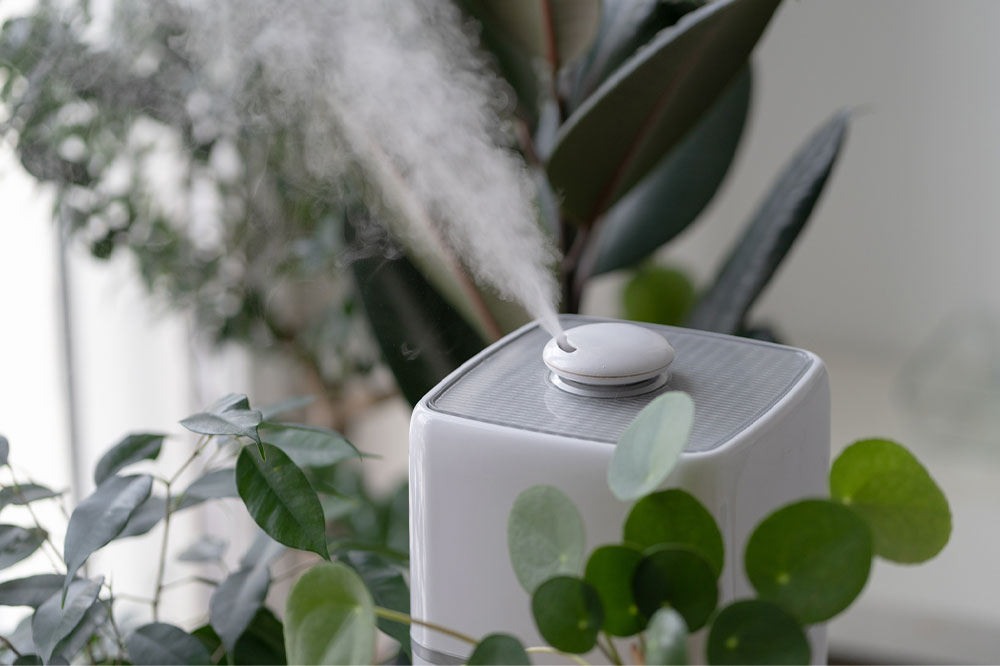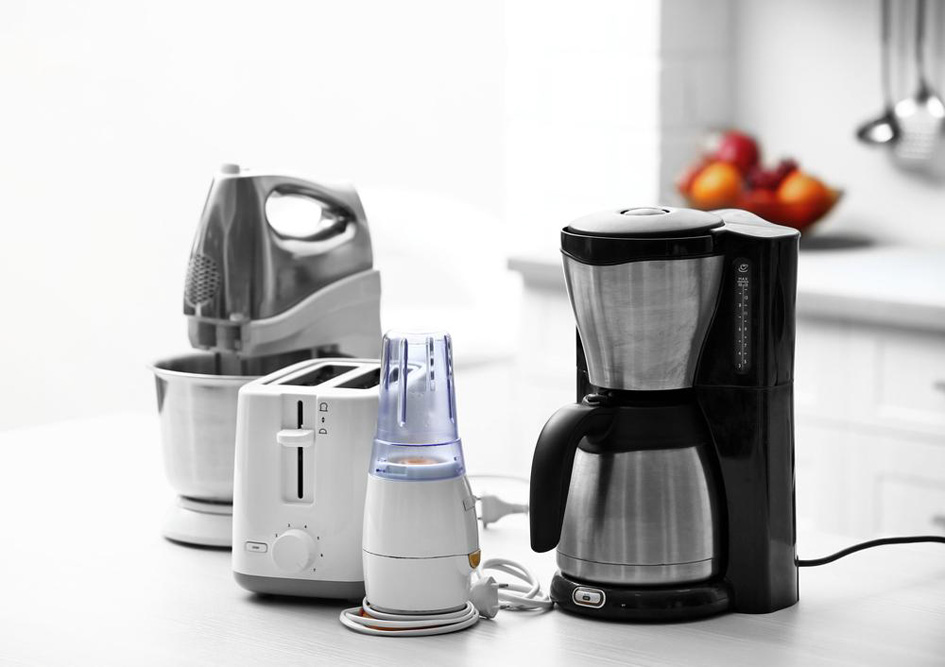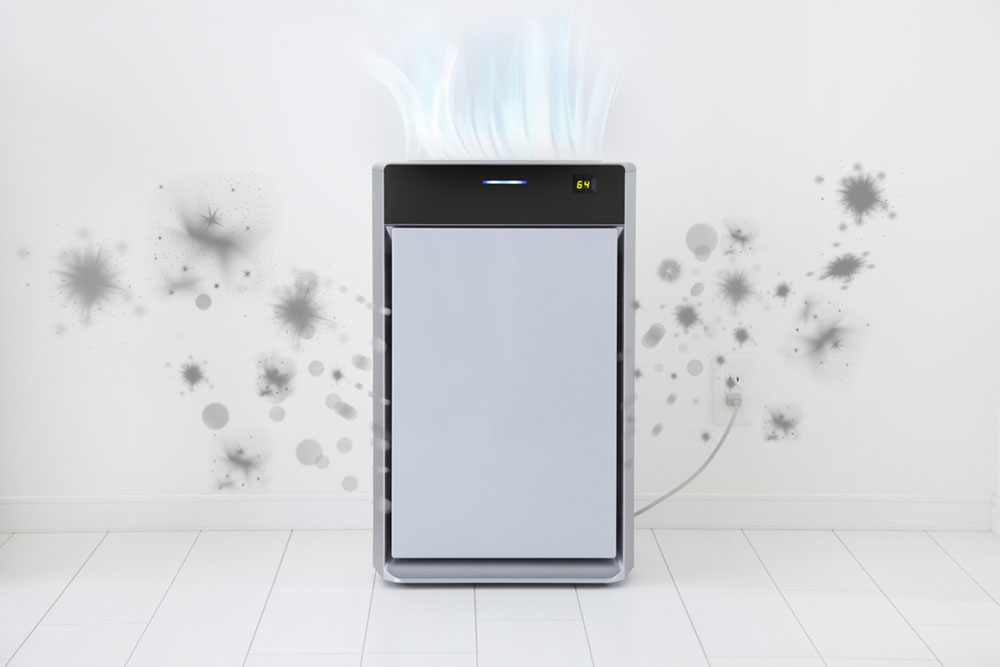Top Strategies for Selecting the Perfect Home Air Purifier
Learn practical tips for selecting the ideal home air purifier. Focus on features like HEPA filtration, activated charcoal, pre-filters, and high CADR ratings. Avoid ozone-generating options for safer indoor air. This guide helps you make informed choices to improve your indoor air quality and respiratory health easily.

Top Strategies for Selecting the Perfect Home Air Purifier
For allergy sufferers, maintaining a healthy indoor environment can be challenging since airborne allergens often infiltrate homes. Fortunately, modern air purifiers provide an effective solution to reduce these irritants. Tiny particles, smaller than a third of a micron, can harm your respiratory health if not properly filtered. Therefore, choosing the right air purifier is essential to safeguard your indoor air quality. With numerous brands available, making the right choice might seem overwhelming.
Here's a simple guide to help you pick the best air purifier for your needs.
First, check if the device is labeled as a HEPA air purifier.
Modern air purifiers predominantly feature HEPA filters, which stand for High-Efficiency Particulate Air filters. These are capable of capturing 99.97% of airborne particles, including those as tiny as 0.003 microns. This level of filtration prevents microscopic pollutants from circulating in your home, reducing irritation and respiratory issues. To ensure optimal air quality, opt for a HEPA-certified purifier.
Next, verify whether the purifier includes activated charcoal.
Activated charcoal plays a crucial role in removing harmful gases and persistent odors, leaving the indoor environment fresher and cleaner. Look for devices that incorporate this feature for comprehensive air purification.
Additionally, select a purifier with a pre-filter.
Pre-filters trap larger particles before they reach the main filter, prolonging its lifespan and maintaining efficiency. This step helps keep your HEPA filter working optimally over time.
Pay attention to the Clean Air Delivery Rate (CADR).
A higher CADR indicates better performance in clearing different airborne contaminants. Choose an air purifier with a high CADR score to ensure effective air cleansing throughout your space.
Finally, steer clear of features like negative ions, UV lights, or photocatalytic oxidation.
These features can produce ozone, which is harmful to respiratory health and may trigger asthma or other lung conditions. Prioritize ozone-free models for safer indoor air.
Note:
Our blog offers a broad range of helpful insights across various topics. While our information is research-based, it should not be viewed as definitive. We disclaim responsibility for discrepancies or inaccuracies in related content elsewhere. Additionally, other offers or schemes not covered here might benefit you more.

